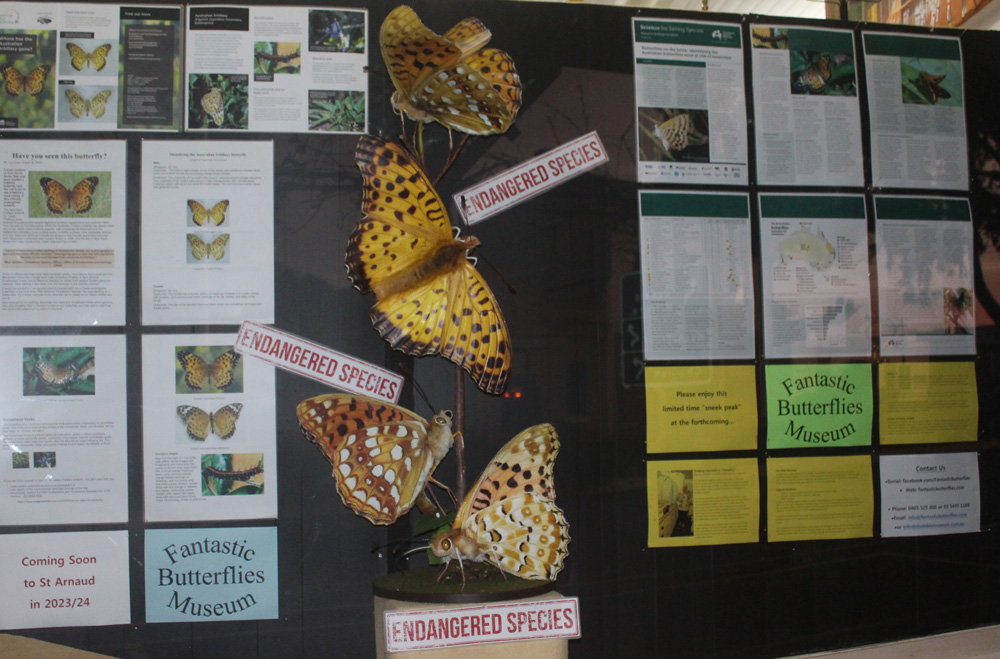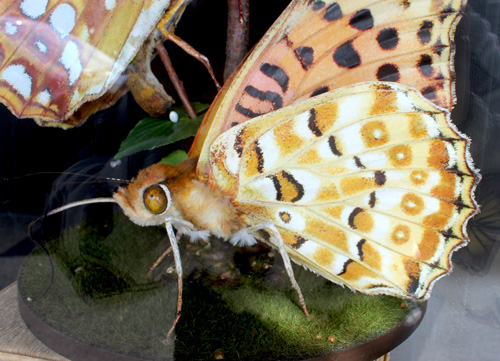Why are some butterflies endangered?
Some butterflies become rare, or even extinct, for a wide variety of reasons. This can be because:
- Their usual breeding area is disturbed
- The plants, which their caterpillars eat, die off. This can be due to drought, fire, flooding, disease, man-made re-development of the land, or poisoning by herbicides or pesticides. This is known as habitat loss or deterioration.
- A large imbalance in the local ecosystem, such as chemical air pollution or a large infestation of predators. Air spraying of pesticides and introduced insects, including parasitic wasps, flies or ladybirds, which eat butterfly eggs, can be devastating. Climate change has had a widespread impact on butterfly numbers, as shown by UK studies.
- Disease: Caterpillars may become victims of widespread incurable disease, which can wipe out large butterfly colonies. This particularly affects the famous Ulysses butterfly in Northern Queensland, but they are not yet officially regarded as ‘endangered’.
Butterflies tend to have the same breeding grounds for several decades and have an annual migratory lifecycle. Some are able to change their migration route, and adapt to new breeding grounds. They often have ‘good years’ when there are so many butterflies of a particular species around that they become very noticeable, for example, the Caper White butterfly migration from Queensland, through NSW down to Victoria and South Australia. However, several bad years in a row may make it difficult for a butterfly species to bounce back, and that’s where they may end up becoming endangered.
Due to our stressed environment, vulnerable butterflies are now particularly at risk. Butterfly breeding habitat can require careful management, by conservationists, private landowners and Landcare groups.
You can make a difference by planting a pollinator friendly garden, with plenty of nectar for butterflies. By researching which butterflies are found in your area, you can also plant, and tend, their specific caterpillar host plants.
2021 Australian Endangered Butterflies Report
Download the 'Butterflies on the brink: identifying the Australian butterflies most at risk of extinction', Research findings 2021 factsheet from NESP Threatened Species Recovery Hub here: https://www.nespthreatenedspecies.edu.au/media/4jvj2fhn/2-1-butterflies-on-the-brink-findings-factsheet_v8.pdf
This report includes a very useful map and table listing the 26 butterfly species in Australia which are thought to be the most in danger of extinction in the next 20 years.

The photo above is of our recent window display of endangered butterflies. The butterfly models are the Australian Fritillary, Argynnis hyperbius inconstans, and British High Brown Fritillary, Argynnis adippe, also endangered.

